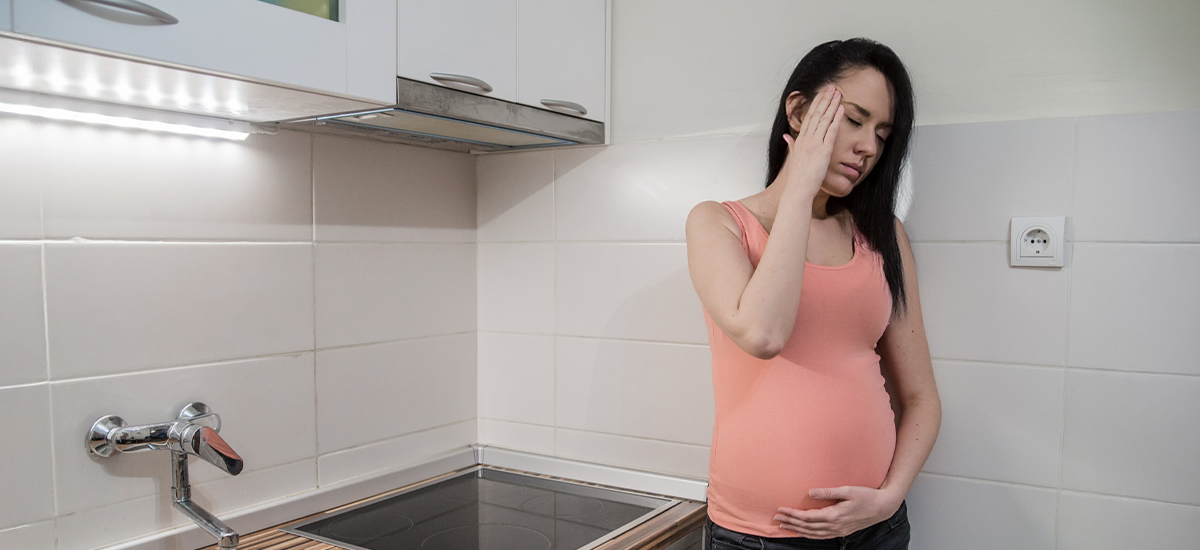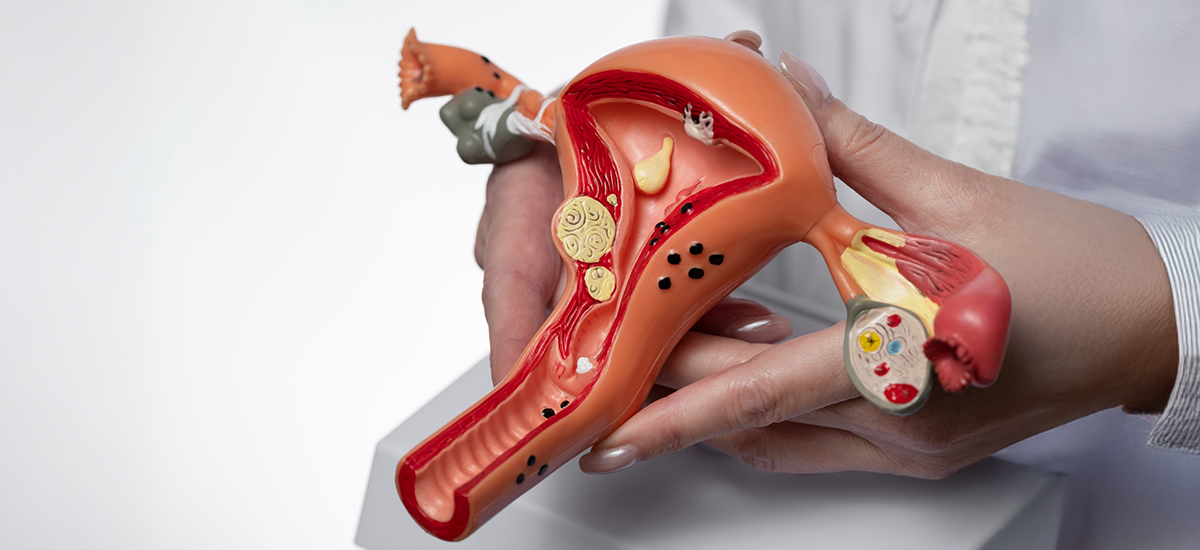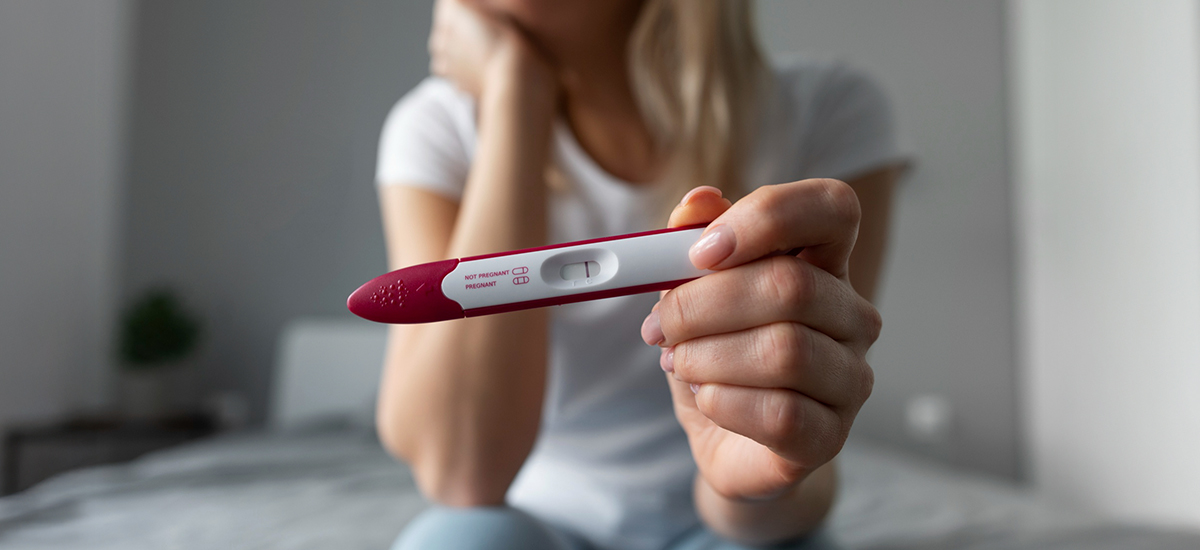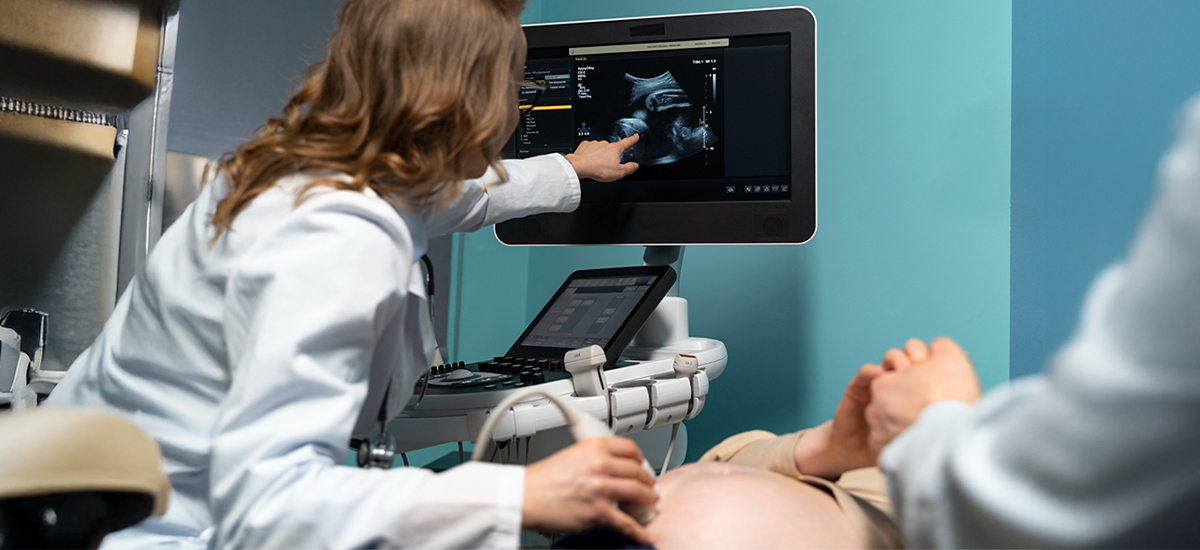Categories
What are the symptoms of dehydration in pregnancy?
Sep 15, 2025
You’ll use those everyday cues to spot dehydration early, fix it gently, and see every symptom that matters so nothing is missed.
The earliest, most reliable signs of dehydration in pregnancy are the ones you already notice—thirst and urine color. If you’re thirsty and urine is darker than pale straw, start small, steady sips and space drinks through the day. Add oral rehydration solution if vomiting or diarrhea is involved. Call the same day for severe dizziness, very little urine, fever or burning urination, or clearly fewer baby movements. This keeps hydration inside calm, practical care.
What’s next: Below are the cues, the full symptom map, the step-by-step fix, and a daily rhythm that prevents repeat dips.
Why these two cues work (and show up first)
Your body raises thirst when blood volume dips, and your kidneys conserve water—making urine darker. These changes appear before severe symptoms. Pregnancy also increases blood volume and refreshes amniotic fluid all day, so small shortfalls matter. Watching thirst and urine color catches the dip early, when gentle steps still work.
The complete symptom map (so nothing is missed)
Use this to decide what to do now and when to call.
Early — fix with fluids now
· Thirst, dry mouth/lips
· Urine darker than pale straw; going less often
· Mild headache, light-headed on standing
· Fatigue that improves after drinking
· Night leg cramps; constipation
·
Dry skin, chapped lips
Moderate — add ORS, rest, reassess in 30–60 min
· Faster pulse or palpitations after little effort
· Dizziness that returns quickly after standing
· Nausea, poor appetite; aversion to warm/strong-smelling foods
· Braxton Hicks tightenings that ease after drinking
· Harder to focus; irritability
Urgent — same-day call/triage
· Very little urine for 8–10 hours
· Persistent strong dizziness, fainting, or confusion
· Ongoing vomiting/diarrhea preventing sips
· Fever, burning urination, flank/back pain
· Dry mouth plus new uterine tightening not easing with fluids and rest
· Clearly fewer baby movements than your normal pattern
Look-alikes to keep you safe
· Burning urination + fever → likely UTI, not just dehydration
· Severe headache + visual changes + swelling → possible preeclampsia
· Paleness + breathlessness + craving ice/clay → possible iron deficiency
· Persistent diarrhea/vomiting → likely infection (dehydration is a consequence)
Fix it without upsetting your stomach
Small amounts, often—that’s the rule.
· Sit or lie on your left side in a cool room.
· Every 5 minutes for 30 minutes: take small sips (30–50 ml).
· If you’ve been vomiting or have loose stools, alternate oral rehydration solution (ORS) with water during that half hour.
· When steadier, keep sipping and add gentle, water-rich foods: broth, thin buttermilk/lassi, citrus, cucumber, or soup.
A day rhythm you can keep (built around habits you already have)
Tie fluids to routine moments so you don’t have to think.
· After waking and with breakfast: a glass each—start ahead, not behind.
· Mid-morning and mid-afternoon: a glass each—prevents the slump that feels like hunger.
· With lunch and dinner: 1–2 small glasses—helps digestion and avoids night-time bathroom trips.
· Evening: small sips only—protects sleep.
What counts, what to space, what to skip
· Counts: water, milk/fortified plant milks, soups, thin lassi/buttermilk, gentle herbal infusions.
· Tea/coffee: fine in moderation; they still count. Keep caffeine modest and leave a 2-hour gap from your iron tablet so absorption stays high.
· Skip: energy drinks and alcohol; they don’t help hydration and may worsen symptoms.
Travel, heat, and morning sickness (how to adjust)
· Heat, travel, exercise: add one extra glass per hot/exertional hour.
· Morning sickness: go cold and mild (lemon-ginger water, ice chips) and use micro-sips; switch to ORS on bad days.
· UTIs/constipation: steady fluids plus a short daily walk help flush bacteria and soften stools. Don’t hold urine.











